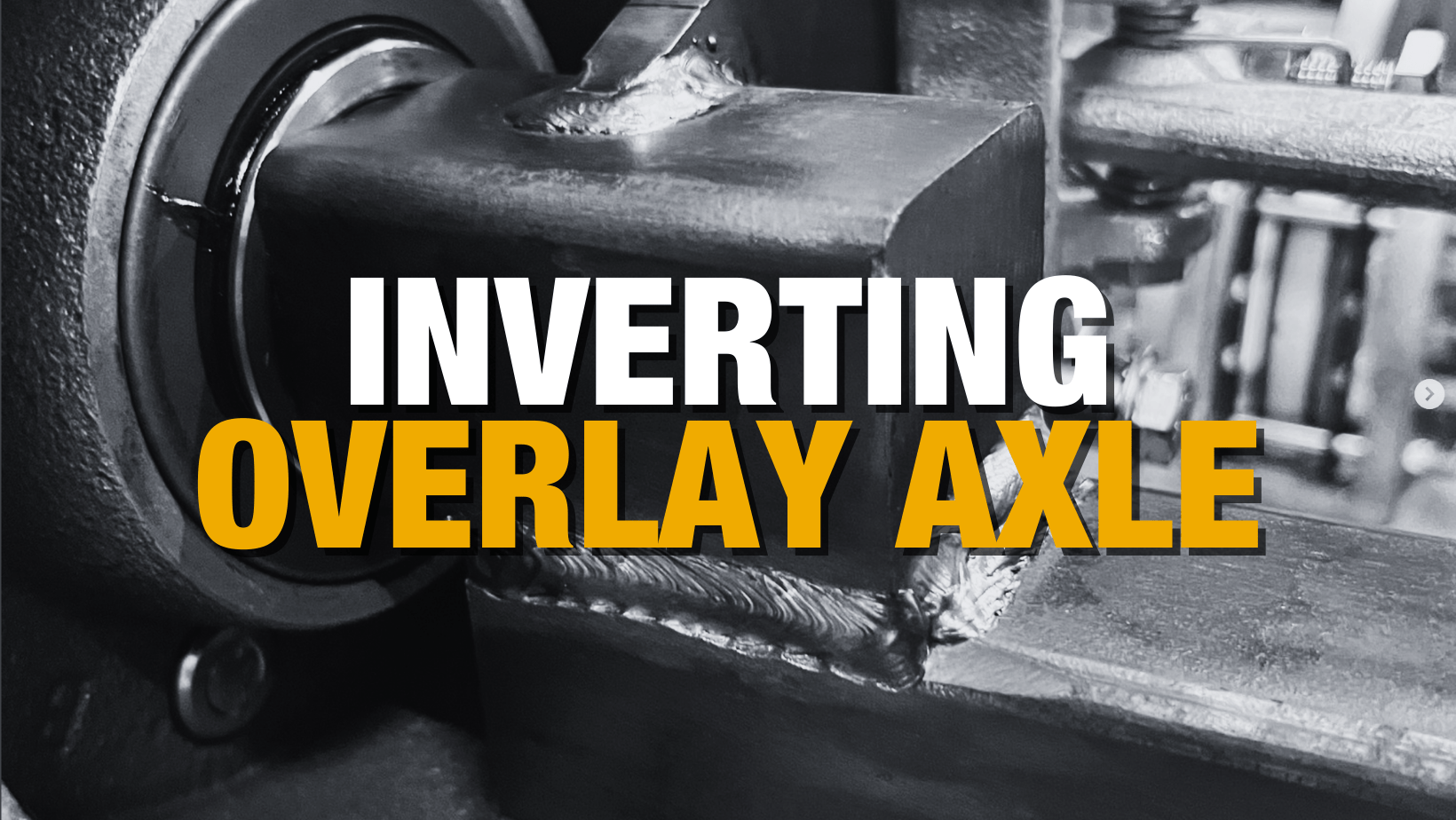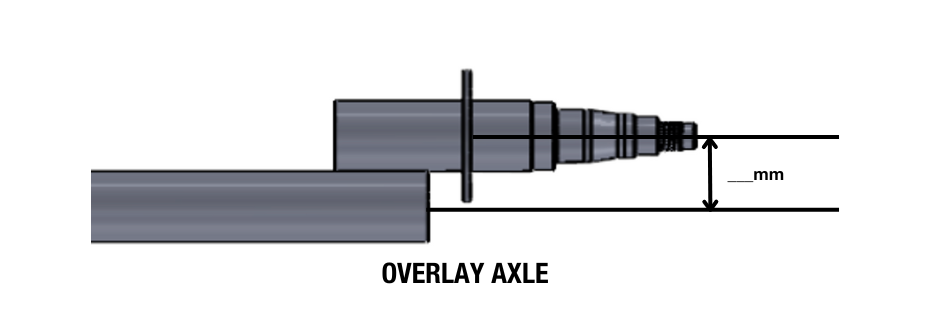Can You Invert Overlay Axles? | Caravans, Trailers & Campers
There are quite a few reasons why you may wish to flip your overlay axle, though almost all of them pertain to gaining height. In the past, Couplemate™ has had customers who wanted to invert their axle due to a clearance issue with mudguards. They thought that, by adding height to their caravan, their tyres would stop scrubbing against the mudguards.
This is correct in theory but poses the question of whether overlay axles should be inverted.
To begin, we will start with a brief explanation.
What is an Overlay Axle?
Put simply, an overlay axle will lower your trailer chassis closer to the ground. This is beneficial for boat trailers or horse floats, as a lower ground clearance improves access for boats and horses.
Couplemate™ Overlay Axles are made of Australian K1045, which is a medium-carbon steel. By welding a stub axle on top of a regular beam, trailer manufacturers/owners can lower the chassis height by a distance equal to the span between the centre of the beam and the centre of the stub axle (see drawing below).
For example, a 50mm stub and a 50mm beam will result in a 50mm drop.
When Couplemate™ manufactures an Overlay Axle, our production team prefer to use round stud axles as opposed to square stub axles. Because of the cavity between the stub and the beam, our team is able to achieve a stronger, cleaner weld by beginning at the crevice and layering 3-4 welds.
Should You Invert an Overlay Axle?
Overlay axles have changed over the years, with different companies and brands manufacturing them differently.
Traditionally, Overlays had 5mm of camber across the beam; meaning that inverting this axle would have disastrous results. Couplemate™ manufacturers straight beam overlay axles, which would be far safer to invert than one with camber. Therein, it is difficult for Couplemate™ to recommend inverting overlay axles generally; as they’re not all manufactured the same.
There are a couple of features you can keep an eye out for, wherein we would highly recommended not inverting.
Do not invert if:
- Camber: Any camber other than zero is a safety issue
- Under-Slung: Axles located under spring are a safety issue, as damaged U-bolt can easily detach and cause your axle to become separated
- 1/2″ U-Bolts: Higher centre of gravity requires more clamping force to counteract the higher moving load forces.
- Thin Welds: Stub axle welds that are less than 50mm long.
- Hollow Beam: Core axle beam is made of hollow material, not solid.
- Missing Spacers: Axle spacers aren’t welded in between spring and axle.
If your current overlay does not meet these conditions, you may be able to invert the axle.
It’s important to note that inverting an overlay axle is more than just a simple flip job, there is additional work and welding involved. Furthermore, the driver of the trailer will need to adjust their driving habits, as inverting your axle will result in a the higher centre of gravity.
If you intend on flipping your axle, ensure that:
- Axle spacers are repositioned and welded to the axle.
- Park brakes are relocated.
- Top of the axle for 10” electrics.
- Bottom for 9” mechanical brakes.
- U-Bolts diameter is 16mm (5/8″) or more.
For more information on raising trailer or caravan suspension height, read our article: How to Raise Trailer Suspension.


0 Comments